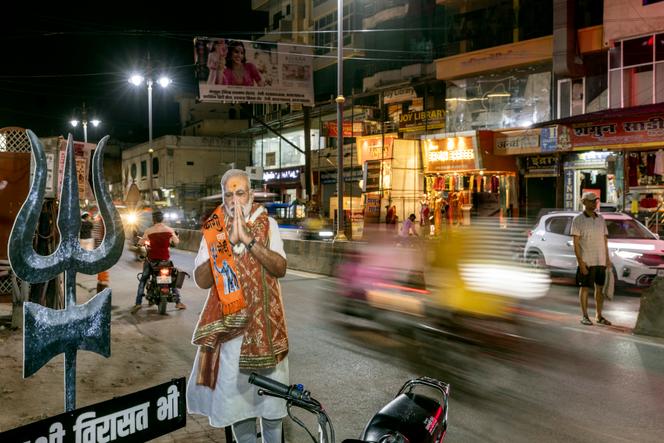


When he came to power in 2014, Narendra Modi, a master in the art of storytelling, promised Indians a grand design. "I want in 10 years to make the 21st century, the century of India," he declared, appealing to the upper castes and the urban well-to-do, driven by dreams of pride and great power, but also to the poor in search of a better life.
Modi promised to change the country from top to bottom. But his record at the end of his first term was harshly judged. India has failed to reform, ran one headline in The Economist in 2019. Five more years have passed and the Hindu nationalist, who hopes to be re-elected on June 4 for a third term, is now committed to making India the world's third-largest economy by 2030 and a developed country by 2047, the centenary of India's independence. After ten years in power, his record shows an economy still in the making and a fragile democracy.
By 2022, India had risen to become the world's fifth economic power, ahead of the UK, with a gross domestic product (GDP) growth rate of 7.8 % for fiscal year 2023-2024, according to the International Monetary Fund (IMF). Largely underpinned by public investment, the services sector, mining and petroleum products, this growth, real or supposed – some economists are not entirely convinced – is not enough to absorb the new entrants to the labor market, all 10 million a year. As a result of an underdeveloped industry, India is experiencing an employment crisis that particularly affects young people: 42 % of young graduates are unemployed.
GDP per capita gives another idea of the country's wealth. At around $2,500 (€2,300) a year, it places the sub-continent 129th in world rankings. Most of Modi's economic reforms – digitizing the economy, improving tax collection – had been prepared by his predecessor, Manmohan Singh. Modi implemented them, often brutally, as was the case with the introduction of a single VAT, the GST, in 2017, his major tax reform. This tax harmonization, imagined at the turn of the 2000s, took 17 years to materialize.
The digitization of payments launched in 2016 is arguably the best initiative of the last 10 years. It has considerably facilitated trade and reduced the flow of cash exchanges. People in India now pay for their purchases using their phones, thanks to a UPI (unified payments interface) real-time transaction platform. By 2023, the number of transactions will have exceeded 100 billion, with a value of €2,000 billion.
You have 61.47% of this article left to read. The rest is for subscribers only.
